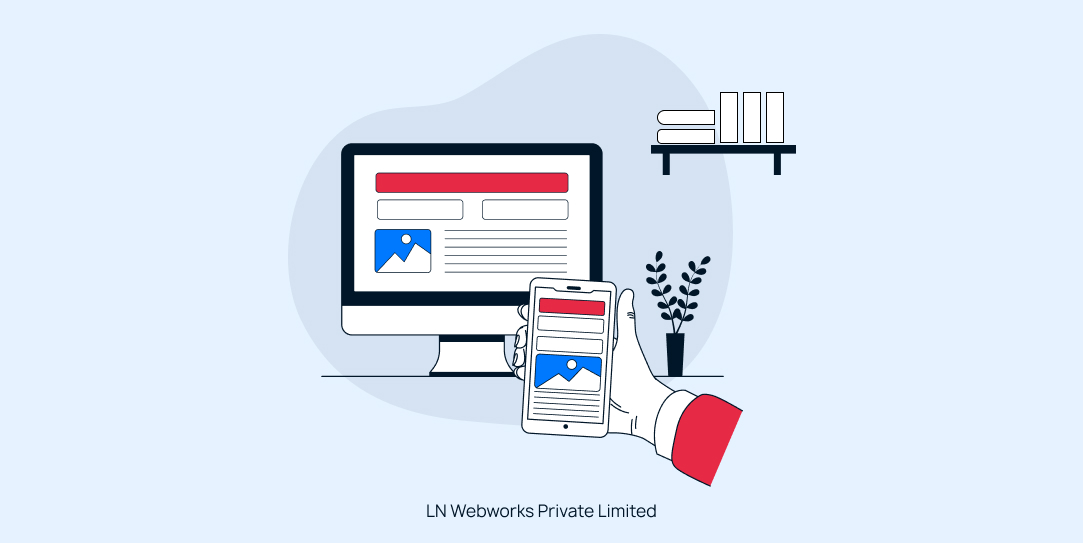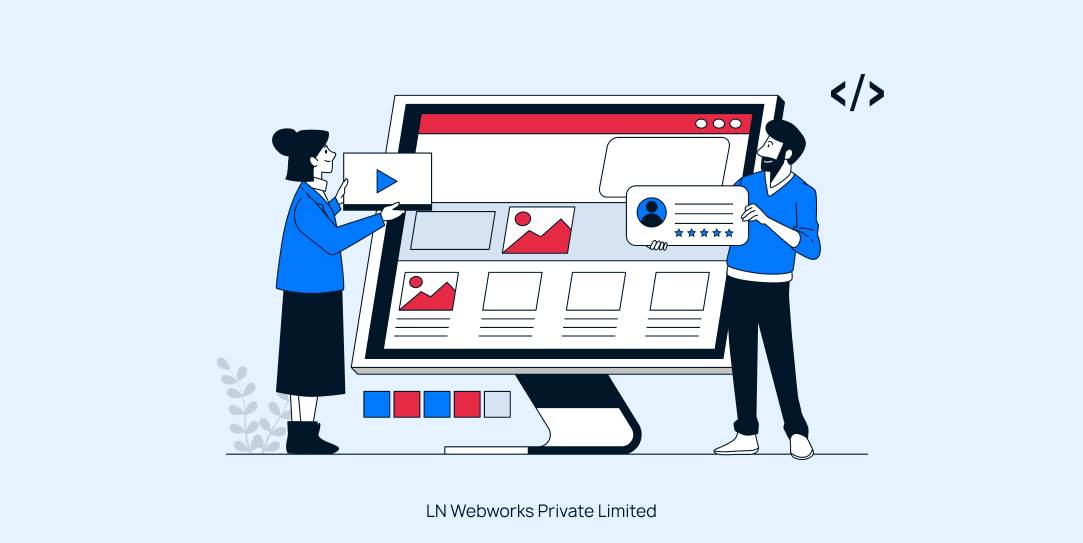Subscribe To Our NewsLetter
Share This Post:
When it comes to delivering faster and smoother user experiences, highly responsive interfaces are always needed. Designing software nowadays requires the latest features that offer users quick and personalized support. For that, low-code SaaS platforms are becoming a great solution in the current era, especially in the highly competitive SaaS market.
Users always expect the software to be highly intuitive, and responsive, to their commands quickly. Saas platforms are easy to operate and don’t demand much in development and design. Even non-technical users can swiftly build and deploy SaaS applications with minimal hand-coding and fewer development hassles.
In addition, these platforms have also revolutionized the way software applications are designed, developed, and delivered, making the user experiences better and more engaging.
In this blog, we will delve into what low-code SaaS is and the different ways in which low-code SaaS development can help create user-centric and seamless software running experiences.
So, let’s have a look:
What Is a Low-Code Saas?
Low-Code SaaS (Software as a Service) is a platform that enables users to build, design, and customize applications with minimal manual coding. With just simple steps of manual coding, one can design highly functional cloud-based software that will make customers feel happy operating it.
The platform offers a development environment where users can build applications by just dragging and designing components, doing simplistic configuration settings, and not focussing on writing extensive codes.
Why Low-Code SaaS Development Is Becoming Popular?
The Low-code SaaS systems are simple to design and also speed up the development process. Whereas if we talk about the conventional coding methods or software that were built using complicated development programming, a huge time was consumed to deploy different features. SaaS platform removes these barriers by offering great in-built tools and pre-installed components, empowering teams to create software faster.
Here’s a brief look at the features of Low-code SaaS platforms due to which it is highly preferred by users:
Drag & Drop Elements
The low-code is a development that has a drag-and-drop interface which allows users to choose the required application elements without needing to code manually. There are pre-built templates and components like forms, dashboards, and login screens which make the process easy, simple, and smoother.
Automated Tools
The Low-code SaaS platforms have automated tools that help users design complex software with ease. Such as these platforms include workflow automation tools like sending an e-mail automatically after a form submission or sending personalized messages to customers for buying products or services.
Integrations & API Connectors
These interfaces also provide APIs (Application Programming Interface) like CRMs, payment processors, cloud storage solutions, and security elements to run the software without any risk and with ease.
Collaboration Tools
With the low-code Saas programming, users can take convenience from collaboration functioning. It means that multiple users can use the software at the same time handling the same project. They can in real-time watch each other’s updates and leave comments and suggestions too if any.
Customizable User Interfaces (CUI)
Customized operations are the top-notch benefit of low-code SaaS platforms. Users can adjust and design as per their concerns, the layout of the software using components like buttons, text fields, menus, and so on to meet the brand guidelines and user preferences.
Multi-Platform Hosting
The low-code is a development that offers the benefit of multi-platforms like running the business on the web, mobile, or desktop without any kind of additional manual coding. This helps in generating consistent user experiences.
Built-In Cloud Hosting
Using the Low-Code SaaS functionality, the users can enjoy additional benefits of pre-installed cloud hosting features. It means that the software or the app’s natural scaling capacity can automatically increase as the usage of the app grows, in short; making the infrastructure development fast and responsive.
So, these are some of the features which users can enjoy creating a software using Low-Code SaaS development.
Now we will discuss how the Low-code SaaS helps create fabulous user experiences. So, let’s have a look:
Democratizing App Development
The first and foremost benefit of low-code SaaS Application Design is that it eliminates the need for a technical expert to design the software. To create the software, even the non-IT team can also handle the work such as the business users, customer service teams, and marketers.
By just focusing on the trending customer needs, an app can be built with an engaging digital experience to meet user expectations, addressing their pain points.
Enabling Personalization
The Low-code SaaS platforms have user-centered elements to attract mass customer traffic. These platforms usually offer personalized recommendations, dynamic content, and intriguing software themes to automatically adjust to user preferences. This makes the customer experience faster and more efficient, giving companies a competitive edge.
Speeding Up Innovation Systems
In traditional software building systems, it always takes weeks, or months to implement coding, testing, and deploying the requirements. Whereas using the SaaS platform building with low-code, apps or software can take just a few days or even hours to build. This system interface refines the user experiences, ensuring that the app or software remains up-to-date every time.
Enabling User-Centric Designs & Themes
The low-code is a development which offers agile and customer-centric themes that attract and retain more users. Low-code SaaS makes agile practices easier allowing rapid prototyping, user testing, and providing updates based on real-time user insights. This agile feedback-driven approach ensures that the application’s UX is efficient, responsive, and user-focused.
Adaptive UI Elements
The Low-code is a development that only provides the adaptive and easily integrated User Interface elements that make working easy and smoother. Users can receive functions and features like personalized dashboards, settings, and content based on their interactions and preferences.
Centralized Data
It’s easy to integrate with the databases and CRMs with SaaS development which means the users can have access to the most relevant and up-to-date information, improving the relevance and functionality of the app. With easy access to integrated services, users can easily accomplish tasks faster and more efficiently.
Built-In Analytics
The Low-Code is a development which also include analytics and monitoring tools which offer the real-time insights of the app or software performance. With the built-in analytics, one can also get to know about the user behavior or which areas of the application are working well and where improvements are needed.
The built-in Analysis tools help in error tracking and resolution. The analytics team quickly detects user experience issues and solve them at the earliest so that it might not impact the user satisfaction.
Flexible Platform With Great Scalability
Low-code SaaS platforms usually come with built-in scalability, allowing applications to grow seamlessly as demand rises. The enhanced scalability ensures that apps can handle more users and more data without any hassle or inefficient performance.
Unified User Experiences
By integrating with other tools, low-code SaaS platforms help create a cohesive UX, allowing users to interact with various functions without needing to switch platforms. This allows multi-functioning at the same time and makes users feel more engaged on the platform with minimal time wastage.
Cost Efficiency That Enables More Investment in UX
In the conventional era, building software platforms needed great development, design, and testing investments. The Low-Code SaaS reduces such costs and allows users to invest more in making the user experiences better. The companies put more budget into UX research, design, and user testing to derive optimal outcomes that can fetch better profits in the future.
Improved Reliability
The Low-code SaaS platforms typically handle everything from onboarding, to customer queries to final monitoring of the output. This makes the process smoother but also at the same time more reliable. These platforms handle all functions with fewer disruptions and high maintenance of quality.
In Conclusion
In the end, we can say that the Low-code SaaS platforms have revolutionized the way software run and delivers exceptional digital experiences. By enabling rapid development, supporting cross-functional contributions, enhancing personalization, and offering easy integration, low-code SaaS allows companies to focus on what truly matters, i:e, delivering value to users.
In an era where user expectations are constantly becoming challenging, low-code SaaS helps businesses meet and exceed realistic consumer expectations. Now companies are significantly embracing SaaS low-code platforms to successfully create software applications that are intuitive, engaging, and always evolving, setting a new standard for seamless user experiences in the digital age.
Share This Post:
Talk With Certified Experts Of LN Webworks!
Related Articles
November 7, 2024
What Is Unreal Engine? Features, Benefits, and Learning Guide
November 15, 2024



